Our reusable bottle converted into a DIY
Our 0.33 l reusable bottle is not only the perfect cover for our organic kombucha , but also a great basis for letting off steam creatively.

This is how you can repurpose our reusable bottle!
In order to be able to use our Kombucha bottle creatively, you only have to remove the label on the bottle. You can soak the bottle in warm water and dish soap or use a solvent. The second variant is, of course, more environmentally friendly, albeit a little more complex.Turn your bottle into:
- vase
- candlestick
- oil bottle
- soap dispenser
- lamp
You can find the small supplies you need at any craft supply store or housewares store. In addition, various well-known online retailers offer everything you need for your DIY.
Why we continue to rely on the returnable glass bottle for our organic kombucha and not on aluminum cans!
After a long break, the can has slowly found its way back onto supermarket shelves and cafés. The image seems to have been polished properly. Various retailers advertise with slogans such as that of the Association of Can Manufacturers that a can has a “recycling rate of 99 percent”, and the light weight of a can compared to a glass bottle is also emphasized “CO ² saved during transport”.
If you take a closer look at the processes, it quickly becomes clear that the recycled cans do not really always become new cans. Only 50 to 70 percent of the recycled material is used for new cans, but don't forget the 30 to 50 percent of new aluminum that needs to be added. Conversely, the fewer cans that are produced, the less new aluminum is required. Added to this is the high amount of energy required to produce aluminum cans. In addition, the can has a comparatively high recycling effort in the form of a multi-stage process.
What also prevents us from bottling in particular is the fact that primeval forests and rain forests are cut down in various countries such as Brazil or Indonesia for the mining of bauxite, the raw material for aluminium. We cannot reconcile that with our organic product. When it comes to transport, the glass bottle is still one of the heaviest containers compared to others and therefore has an increased CO ² balance. In the meantime, however, the proportion of broken glass in new glass bottles is up to 83 percent and with the latest technology only approx. 150 ml of water per bottle is used for cleaning.
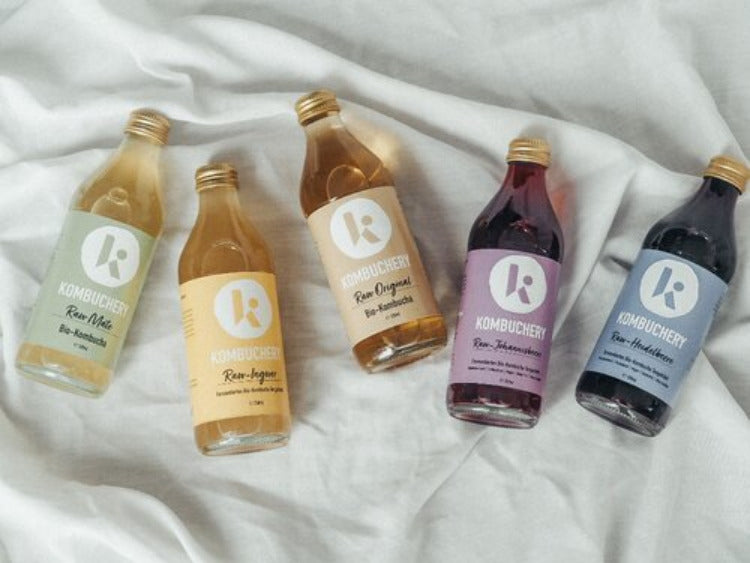

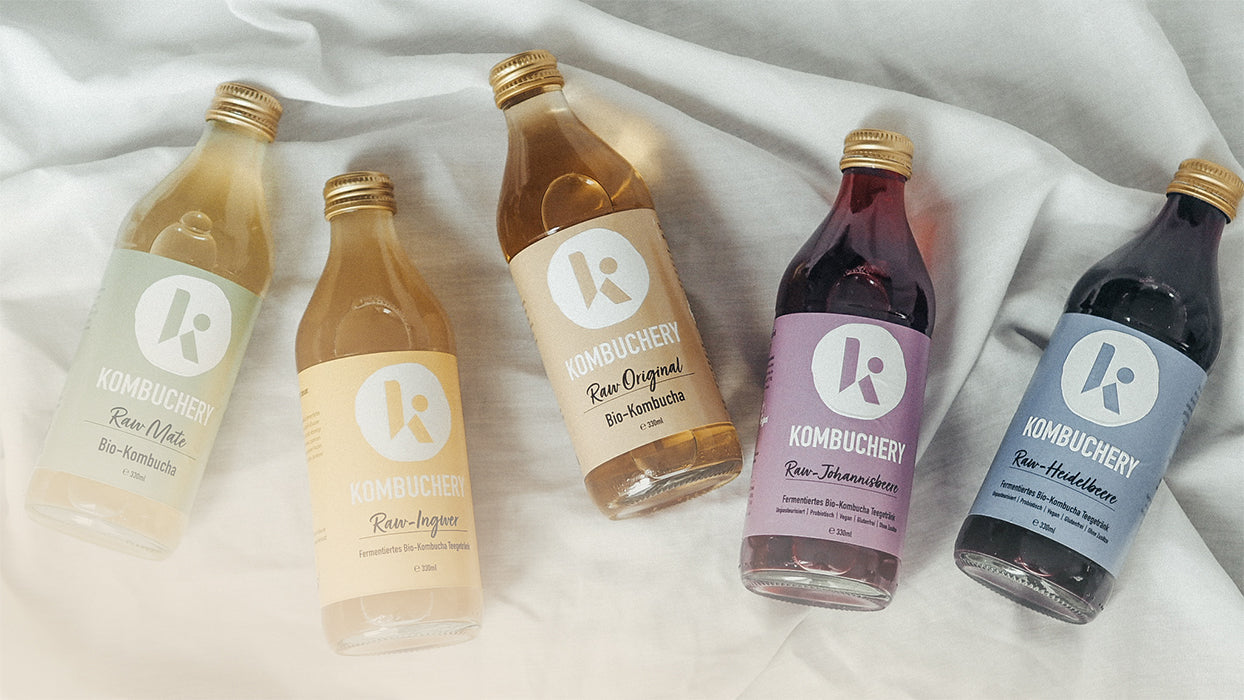




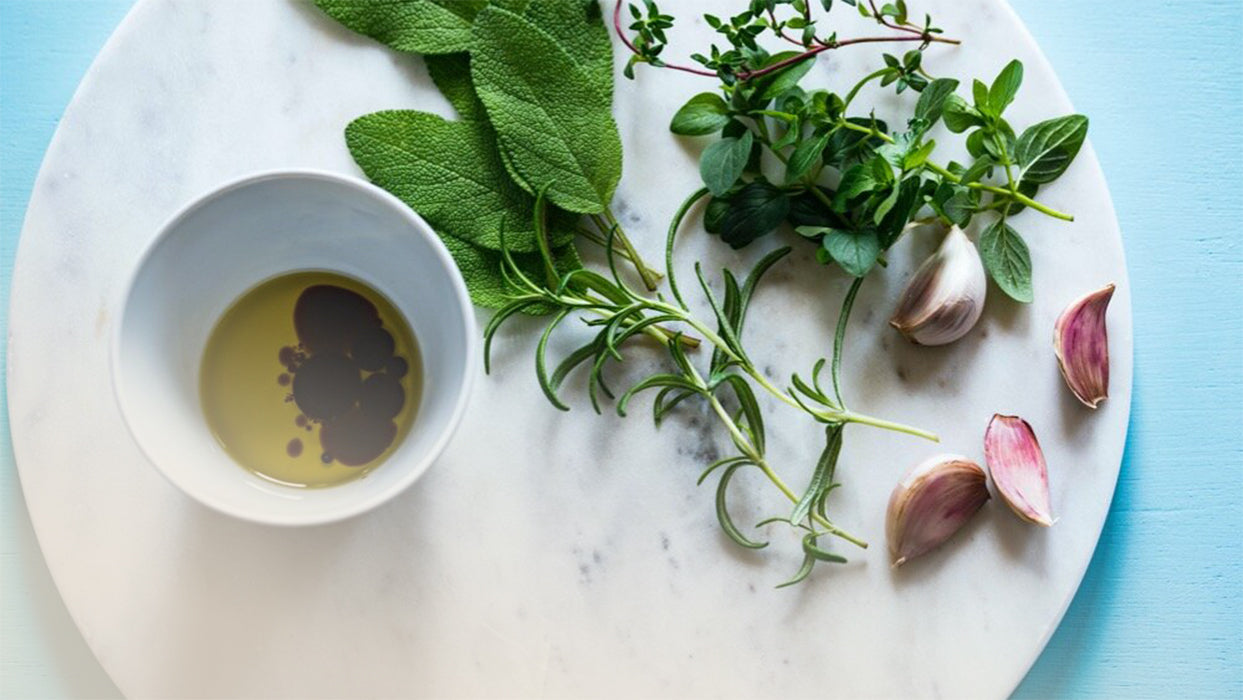


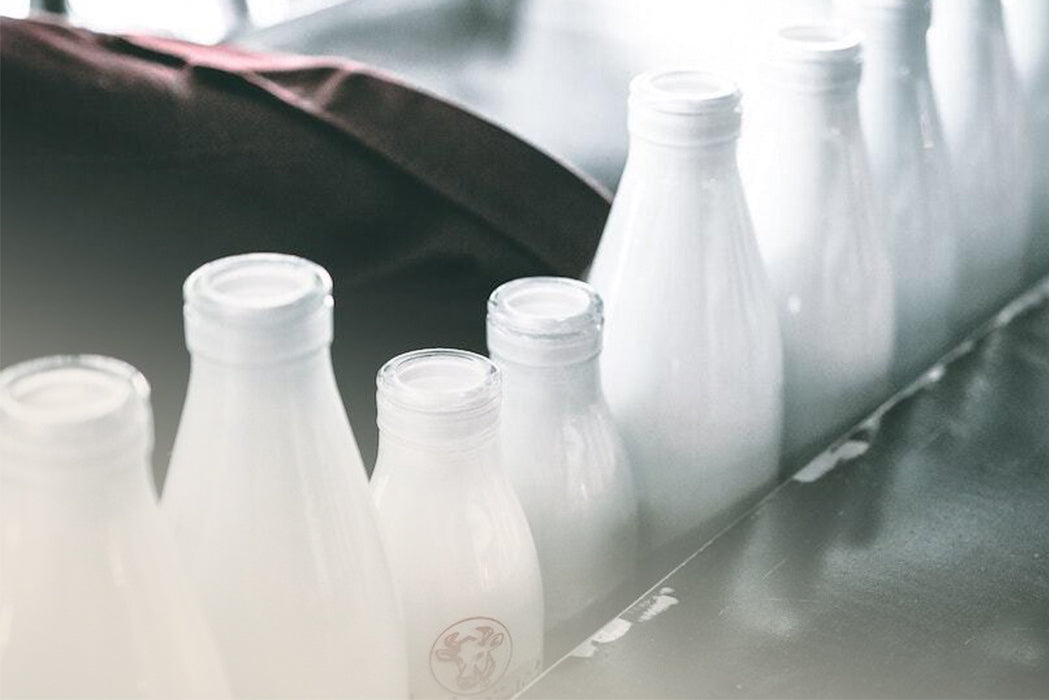
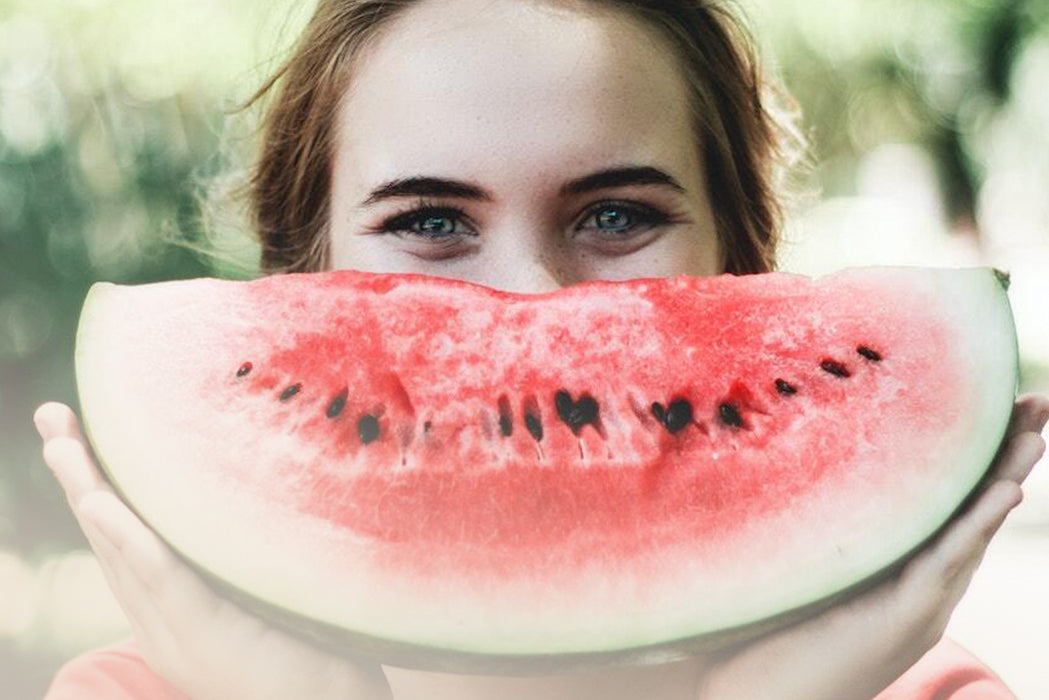


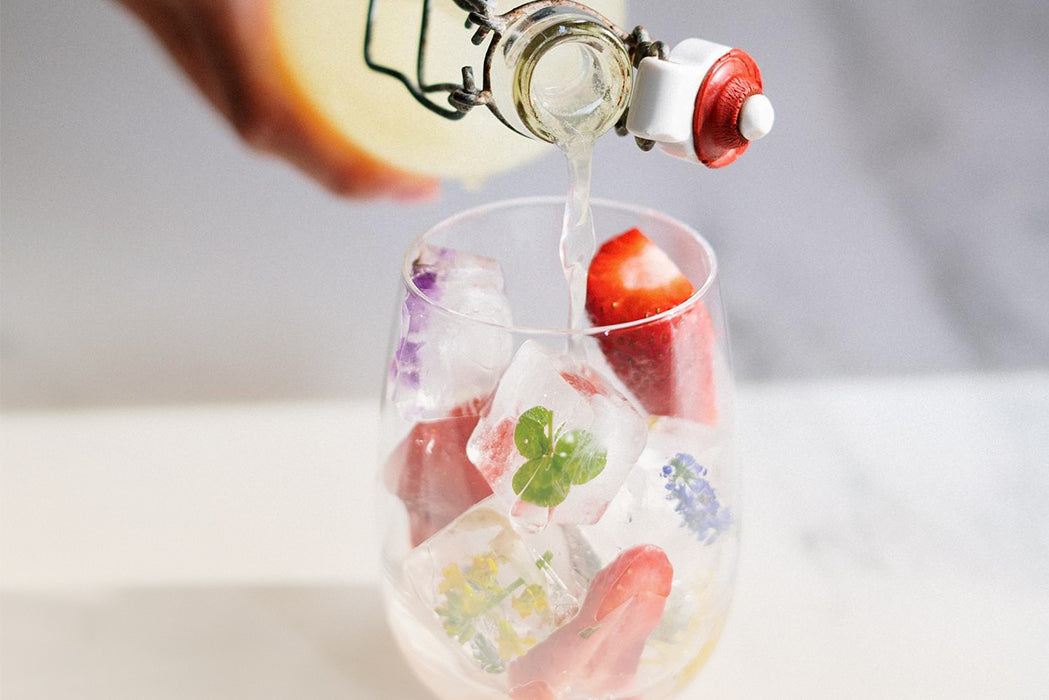

Teilen: